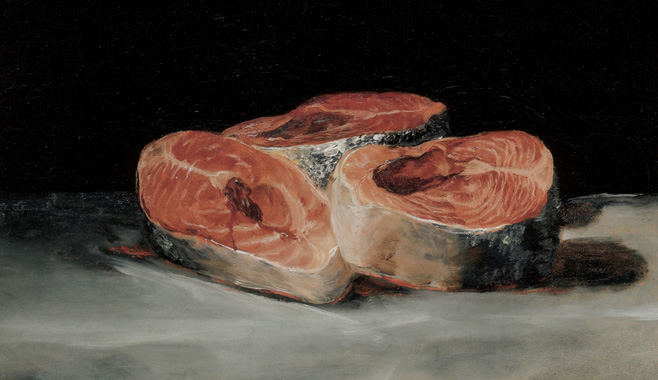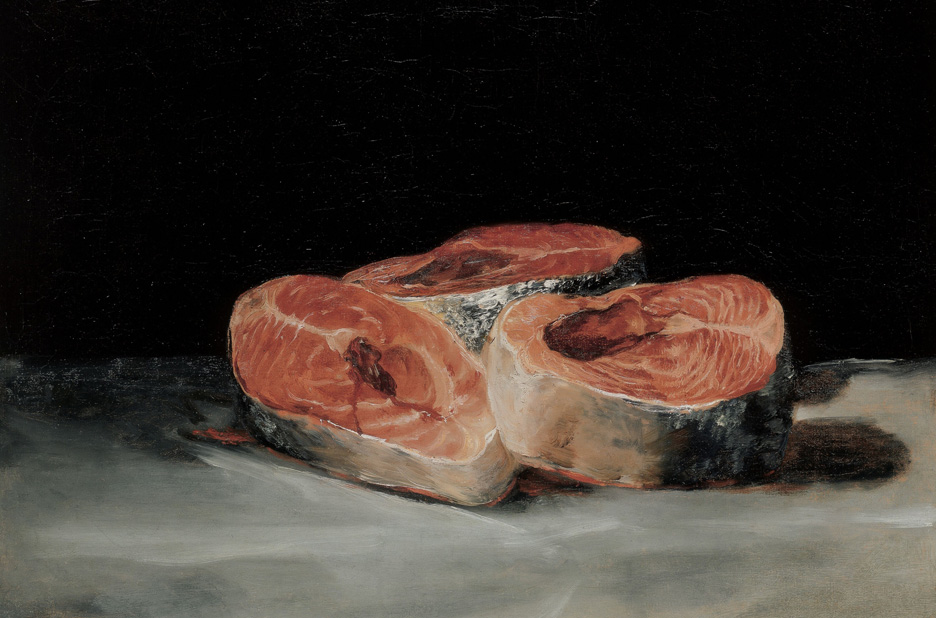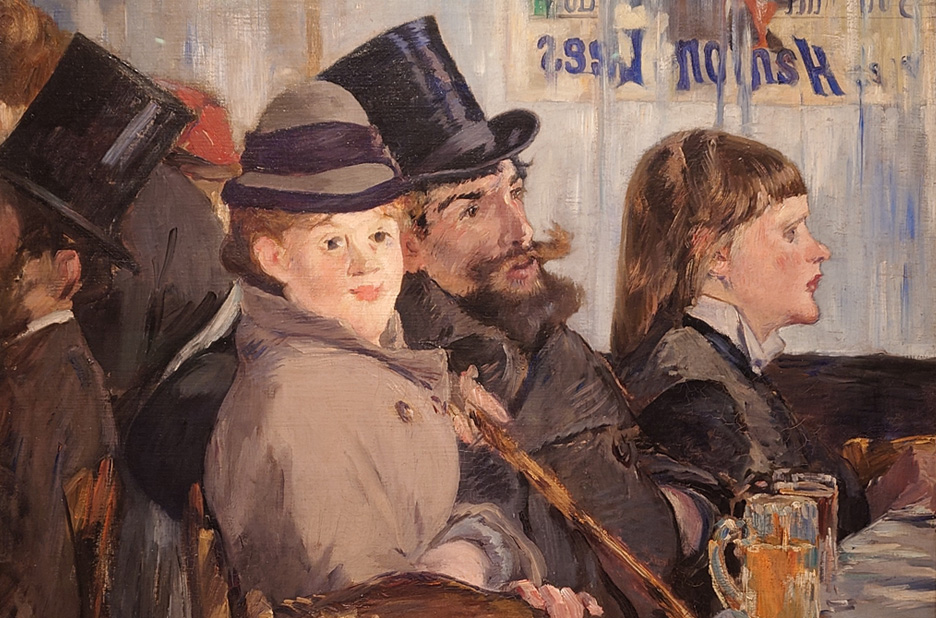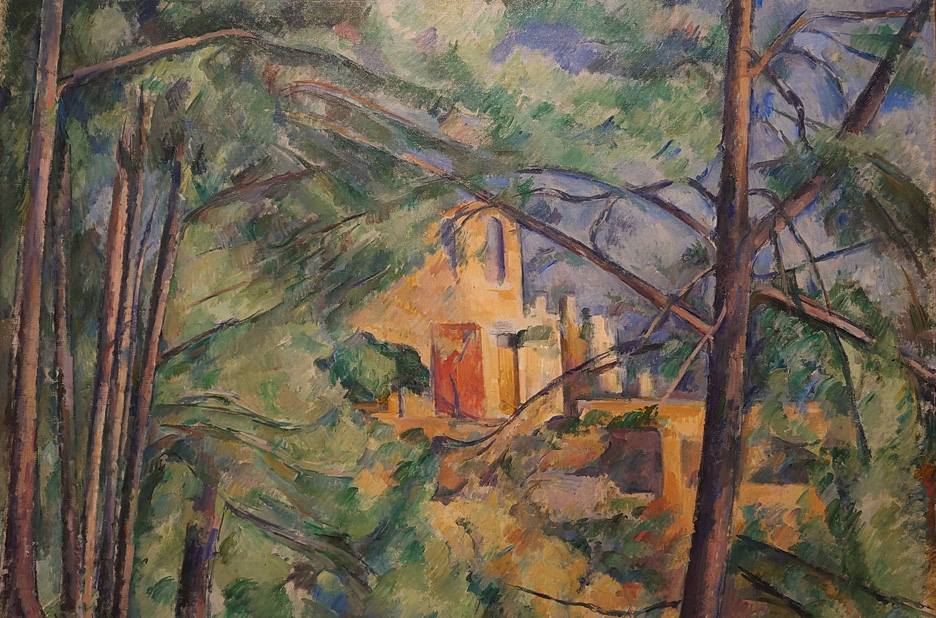Art
Goya to Impressionism
The Courtauld Gallery, London
4/5
Small but captivating
This diminutive exhibition of only 25 canvases from the Oskar Reinhart Collection in Winterthur is a good fit for the Courtauld gallery both in terms of its substance and size. Like the Courtauld collection it focuses on the 19th century French art, mainly impressionists, with a strong interest in Cezanne. I visited first thing on a Sunday and was very glad that the gallery was uncharacteristically quiet so I could really appreciate the paintings in peace.


The series starts with its earliest and the only non-French work, Still life with three salmon steaks by Goya (1808-12). Having seen the reproduction of this canvas before the exhibition, I have to say that seeing it in person is a completely different experience. Goya here does one of his masterful turns staging three salmon steaks under intense light on a grey table with a black background. The salmon pinks and greys are mesmerising. It could be a statement on the carnage of war or just a self-contained still life. Either way it packs a punch. I later revisited Goya’s portrait of Francisco da Saavedra (1798) from the permanent collection, another masterpiece with a plain background, soft pastel colours and stunning characterisation and detail. A completely different kind of canvas and yet Goya’s laconic ability to paint the essence while also impressing with his virtuosity is equally striking.
Follow several pleasant canvases, Renoirs and van Goghs among the most memorable. Then I noticed the gentle Corot’s Girl Reading (c. 1850-55) showing a young woman reading outdoors with a flock of sheep visible behind her. It is a humble unsentimental painting in Corot’s recognisable style, quite arresting in its quiet intensity, with the red of the underskirt the only coloristic accent among the earthy colours.

Approaching Édouard Manet’s Au café (1878), the dynamic photographic composition draws you right in. Four heads in a bar with different expressions, facing in different directions and seemingly randomly positioned, like four different paintings in one. This canvas has an interesting history having been split into two by the painter. Au café is the better left half of the original of which the right half is at the National Gallery in London. It’s also an interesting exercise comparing this canvas with Courtauld’s Manet masterpiece Le bar aux Folies-Bergères. They depict a very similar environment and mood. In Au café one of the characters, a woman in the centre of the painting, looks the painter straight in the eye with a slight smile. In Le bar aux Folies-Bergères, the main character, a woman, also looks the painter straight in the eye, but with a numb passive expression instead.
I have saved the wonderful Cezannes for the end. For me the most engrossing were the two landscapes, Le Pilon du roi (1887-88) and Château Noir (c. 1995). Le Pilon du roi has a wonderful abstract quality while also vividly representing the heat and the landscape of Provence. Château Noir is more recognizably Cezannian, tree branches slightly geometrically framing the view and the browns and greens of the trees and ochres of the obscured building in the centre coalescing into a pleasant whole. I could look at these paintings for hours and keep coming back to them. Cezanne has painted this same view many times with slight variations. Correspondences with the Courtauld Cezanne masterpieces, namely Montagne Sainte-Victoire with Large Pine (c. 1887), are inevitable and enriching.
